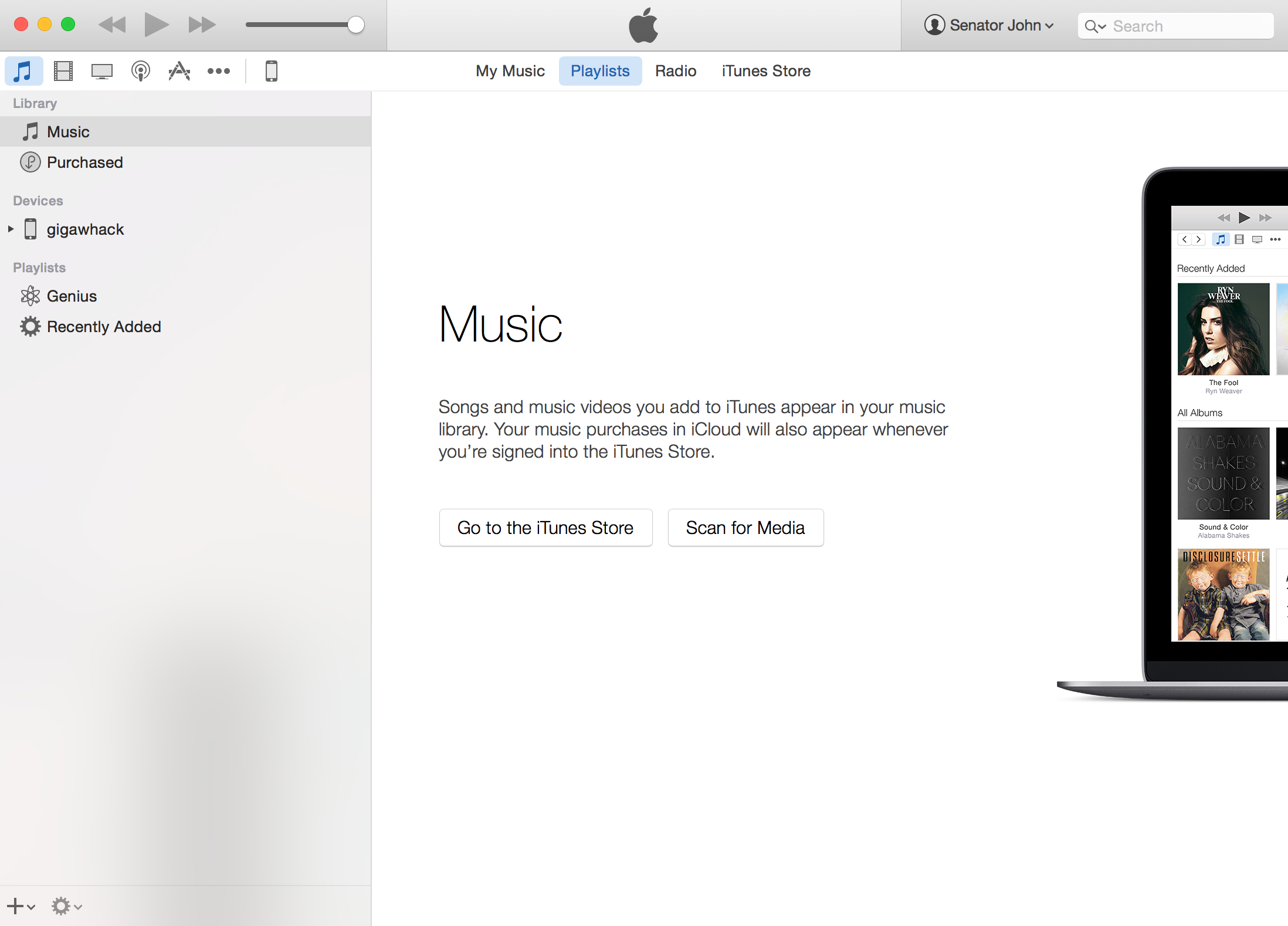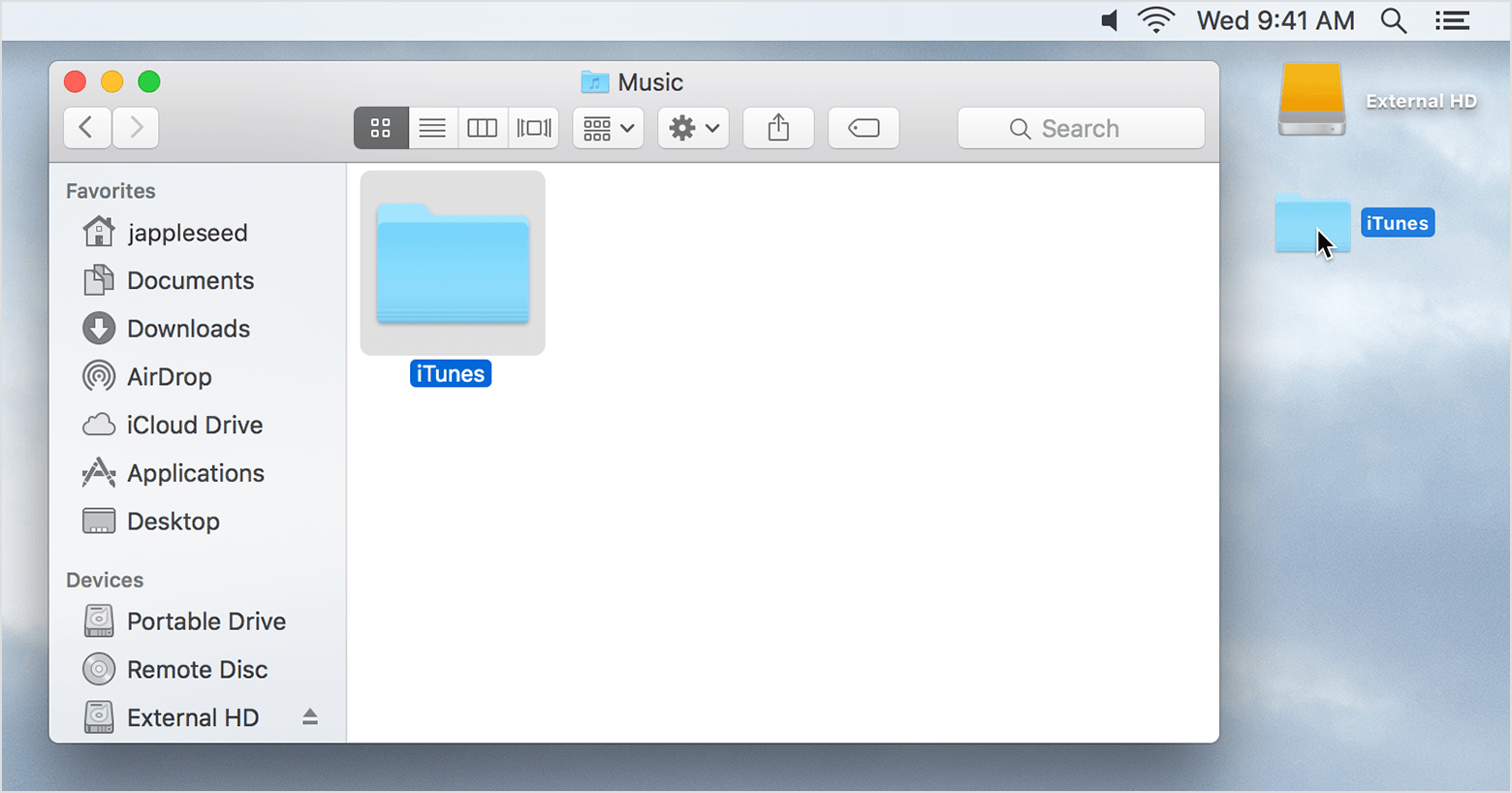Mac Library Updates Folder
- Mac Library Printers Folder
- Macos Library Updates Folder
- Mac Library Updates Folder Mac
- Mac User Library Folder Missing
- Can't See Library Folder Mac
Home > Articles > Apple > Operating Systems
Your Library folder is immediately visible.Close the View-Options palette.You can access this setting at any time to toggle the visibility of your personal Library folder. Otherwise, choose Home from the Finder’s Go menu ( Go Home); or press Shift-Command-H.Still in the Finder, choose View Show View Options (or press Command-J).Near the bottom of the resulting View-Options palette is a setting called Show Library Folder. Finder library mac. Enable this option.
␡Mac Library Printers Folder
- Jul 22, 2011 Fortunately, this is easy to reverse and if you wish you can switch the behavior and instead show Library all the time with a quick terminal command. This tutorial will detail four different ways to access the User Library folder in Mac OS X from Mt Lion and beyond.
- Dec 05, 2019 If you need to manually remove third-party Audio Units plug-ins, you can find the files in the Library folders on your Mac. Global Nav Open Menu Global Nav Close Menu Apple.
May 30, 2019 By default, the Library folder on Mac is hidden from the user. Apple keeps Library invisible in order to protect users from accidental deletion or modification of important files stored there: application settings, caches and other system files needed to run the programs.
- The Layers of Mac OS X: Aqua
This chapter is from the book
This chapter is from the book
There is more than one way to think about dividing up a pizza. First, there is the familiar method of dividing it into slices. Alternatively, you could divide it into layers: topping, cheese, sauce, crust. Theoretically, you could also divide it into its basic ingredients: flour, water, tomatoes, garlic, milk. Each method makes a different contribution to your enjoyment of the pizza. The first method (slices) is best when you're getting ready to eat the pizza; the second is best when you are deciding what to order (such as pepperoni with extra cheese); the third is best if you are concerned about nutrition (needing to know the exact ingredients to calculate calories).
The same is true for Mac OS X. There are multiple ways to look at it and take it apart. Each way makes its own contribution to your understanding of the OS. In this chapter, I look at the major ways to 'take apart' Mac OS X. Having at least a minimal knowledge of Mac OS 9 will help, as I occasionally make comparisons between the two OS versions. But even if you've never used Mac OS 9, you'll be able to follow along.
 Combine Albums in Music on Your iPhoneIf you have the same issue as iTunes on your iPhone, you may want to fix it too so you do not have multiple albums with almost the same content. You now only need to launch this single album to access your songs in the iTunes.That is how you merge albums in iTunes on a desktop computer.
Combine Albums in Music on Your iPhoneIf you have the same issue as iTunes on your iPhone, you may want to fix it too so you do not have multiple albums with almost the same content. You now only need to launch this single album to access your songs in the iTunes.That is how you merge albums in iTunes on a desktop computer.
In This Chapter
The Layers of Mac OS X: Aqua
The Layers of Mac OS X: Application Environments
Cocoa
Carbon
Classic
Java
Putting it together
Macos Library Updates Folder
The Layers of Mac OS X: Graphics Services
Quartz
Multimedia: OpenGL and QuickTime

The Layers of Mac OS X: Darwin
Mach
BSD (Unix)
Domains: An Overview
System domain
Local domain
User domain
Network domain
The Libraries of Mac OS X: /System/Library
Core Services
CFMSupport
Extensions
Fonts
Frameworks
PreferencePanes
Printers
QuickTime
ScreenSavers
Services
Sounds
StartupItems
The Libraries of Mac OS X: /Library
Application Support
ColorSync
Contextual Menu Items
Desktop Pictures
Documentation
Fonts
Internet Plug-Ins
Modem Scripts
Preferences
Printers
Receipts
StartupItems
The Libraries of Mac OS X: Users/'Home'/Library
Application Support
Caches
Favorites
Font Collections
Fonts
Internet Search Sites
Keychains
Preference Panes
Preferences
Application-specific folders
Fonts in Mac OS X: Font Formats
TrueType fonts
PostScript fonts
OpenType fonts
Bitmap fonts
Identifying font formats
Fonts in Mac OS X: Working with Fonts
Font Panel window
Font smoothing and Mac OS X
International language support: basics
International language support: troubleshooting
Font utilities
The Layers of Mac OS X: Aqua
Aqua is the name given to what most users think of when they think of Mac OS X: the user interface, the Finder, the Dock, the windows, the translucent buttons, the high-resolution icons, the menus, and all the rest. Many users may never explore Mac OS X beyond its Aqua layer.
From this perspective, a user upgrading from Mac OS 9 will feel quite at home, at least initially. Much still works the same way. You still double-click icons in the Finder to launch them; you still choose the Save command from an application's File menu to save a document; you still open a folder icon to see its contents.
Mac Library Updates Folder Mac
But you will soon notice some significant differences: a new column view, a very different Apple menu, the Dock. I discussed the basics in Chapter 3, when I presented an overview of Mac OS X.
Related Resources
- Book $55.99
Mac User Library Folder Missing
- Book $55.99
Can't See Library Folder Mac
- Book $55.99